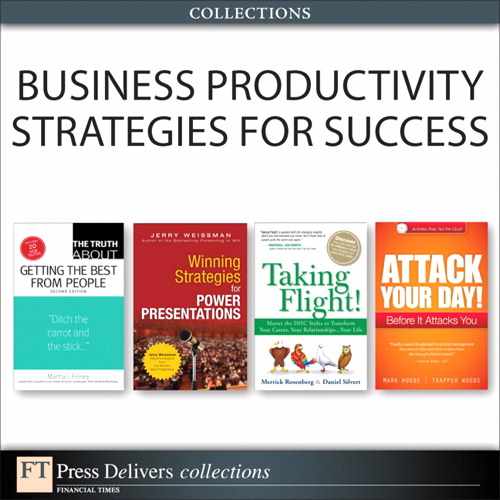Truth 2. You have direct influence over your employees’ passion quotient
Former President (and D-Day mastermind) Dwight D. Eisenhower once said, “Leadership is the art of getting someone else to do something you want done because he wants to do it.”
When he gave this definition of leadership, the concept of employee engagement hadn’t yet been coined. The more elementary idea of employee commitment hadn’t been fully explored yet either. Still, linking organizational objectives with individual contributor desire is the core of employee engagement. It sets up an environment where you have self-motivated people personally taking on the responsibility of getting the job done. Some of those motivations may be personal. Others may be shared by the group. But still, the personal desire is what keeps everyone’s focus trained on the same goal.
Unless you became extremely unlucky somewhere along the way, you probably will not have to convince your employees that they want to storm foreign beaches bristling with enemy machine gun nests. So, in comparison with what Eisenhower had to deal with, how hard can your own job be? For most of us, the challenge is knowing what steps to take to make our leadership roles maybe a little easier—certainly easier than the job Eisenhower had.
The first engagement hurdle that new managers have to clear is accepting in their own minds that the power and responsibility of team culture lie squarely with them the minute they accept the promotion above their coworkers. Your new role equips you with the gift of finally being able to create the kind of workplace community in which you would like to work yourself—which, in fact, you do. You work for your employees as much as, if not more than, they work for you. Once you accept this new assignment, the rest of your obligations as a highly effective, highly engaging leader can be broken down into these five steps, as identified by the U.K. research firm Institute of Employment Studies:
You work for your employees as much as, if not more than, they work for you.
1. Build relationships. The last several centuries of the workplace history have been a series of untethering: from the plow and cottage, from the mill, the time clock, from the cubicle, from the workplace altogether. Still, though, people need each other to get their work done. Relationships are the freeways along which information, ideas, and innovation zip. It’s up to you to make sure that your team culture promotes free exchange and accountability through solid relationships among people who trust each other.
2. Flatten hierarchy. You hired people for their smarts; let them use their intelligence to make critical business decisions. Drive ownership for decisions and ideas down and throughout your entire organization. Because much of the work is accomplished through relationships anyway—irrespective of official chain of command or formally approved information pathways—why not leverage the individual initiative that’s already there, harness it, and make it work for you?
3. Set a direction. Your people will know whether they’re on the right track if you tell them where they’re going. And, of course, why. Keep their attention focused on their objectives. Give them as much latitude as possible to figure out themselves how to achieve those goals. And then back off.
4. Give them feedback as often as they want and need it. As you’ll see later in this book, the old tradition of annual performance reviews should be jettisoned in favor of customized feedback. In the most recent years, the commonly accepted wisdom has been that only younger generations want more frequent feedback because they’re 1) used to one-on-one attention and 2) they’re still in early career development phases and so are especially interested in making sure their work is building the future of their dreams. But, in fact, Baby Boomers are also interested in building their careers. Some of them are starting over, either because of financial realities stemming from a rock-bottom economy or because they are reinventing themselves, starting a whole new phase of life.
5. Develop the team. Team cohesiveness may be more important and longer lasting than your own tenure with the group. You could be transferred away from your team, as part of your own developmental program, with your team left intact to continue working together without your leadership. Consequently, the most valuable service you could provide your team is to equip them to carry on without you—as a cohesive team.
As Eisenhower had said, your role as a leader is to urge your people toward a shared objective because they want to do it. It’s also your job to equip your people to work together as a team so that they can continue to want their goals, even when you’re not there to micromanage. That’s an engaged team.
